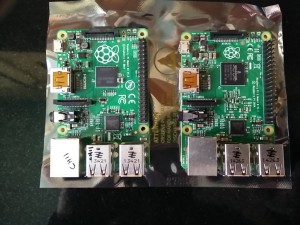So I’ve been very lucky early this year to attend the Raspberry Pi and Google collaborated PiAcadamy training. I’m now a certified RaspberryPi educator!. You may be sayings so what is that about?
Well firstly a little background. I’ve been involved for the last four years helping out as a mentor at several Coderdojo events, where I’ve looked after a ever growing collection of Raspberry Pi.
This has been very rewarding, seeing youngsters of all levels discovering computing in the form I grow up with (ie a blank canvas, where you write the game/ program). But I have a real passion for physical compete interaction, I don’t just want to sit in front of a mouse/keyboard/joy pad, I want to wire stuff up and build things.
Playing with computers and electronics has been the key to success in so much of my life, and I want others who maybe like minded, more practical than just academic, to experience this learning journey.
Enough background, so hows pi academy helped?
Well thanks to a great team in pi towers and many of the other pi educators, there are lots of resources out in the wild, which I’ve spent time digesting, but what I was in need of some structure.
Following the structures the pi academy team went through and more importantly working with teachers as well as fellow volunteers has helped. Both from a confidence and technique point of view. I especially liked the concepts of not being afraid to not get things working and a project orientated learning methodology.
Although I’m still on a journey, when it comes to implanting what I’ve learned, I have found a renewed level of confidence. I specifically tuck a holiday from work a last month to help out at pi and codebug robot orchestra schools workshop. Which I really enjoyed, and was encouraged by.
I also have lots of new projects in mind for the two regular CoderDojo groups I help with. So watch this slow to be updated blog space!
